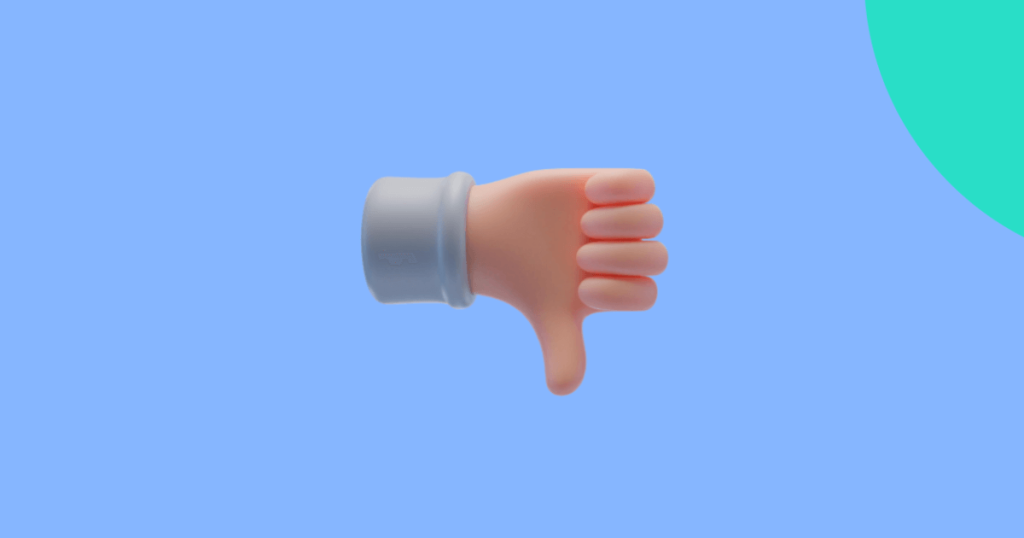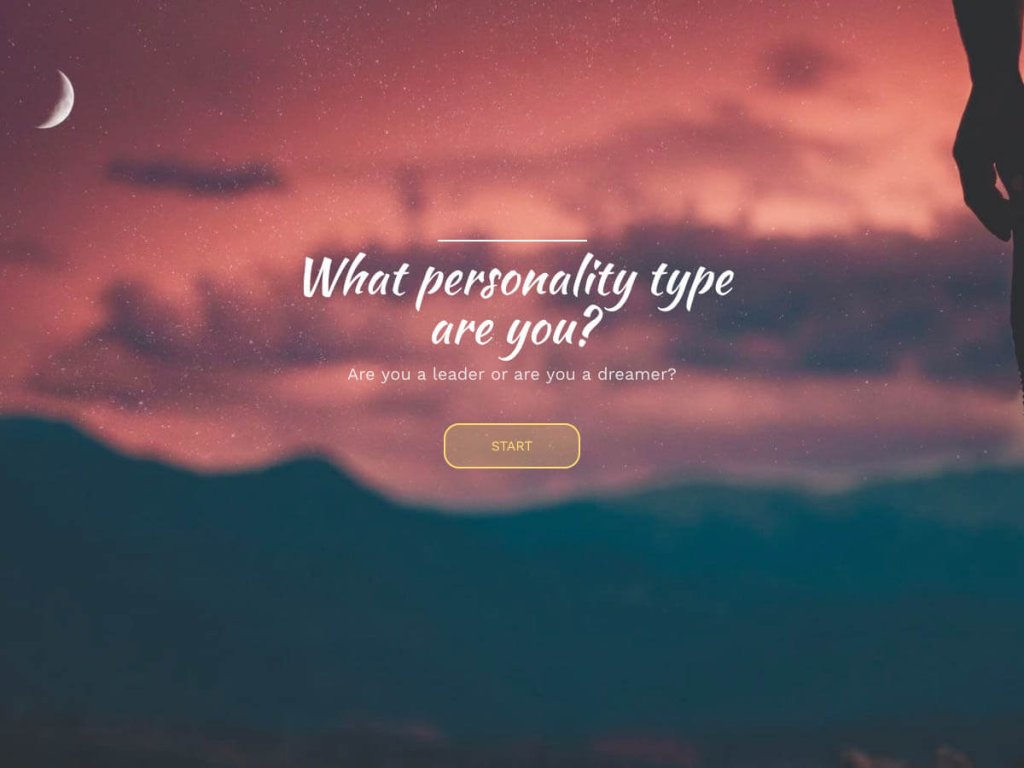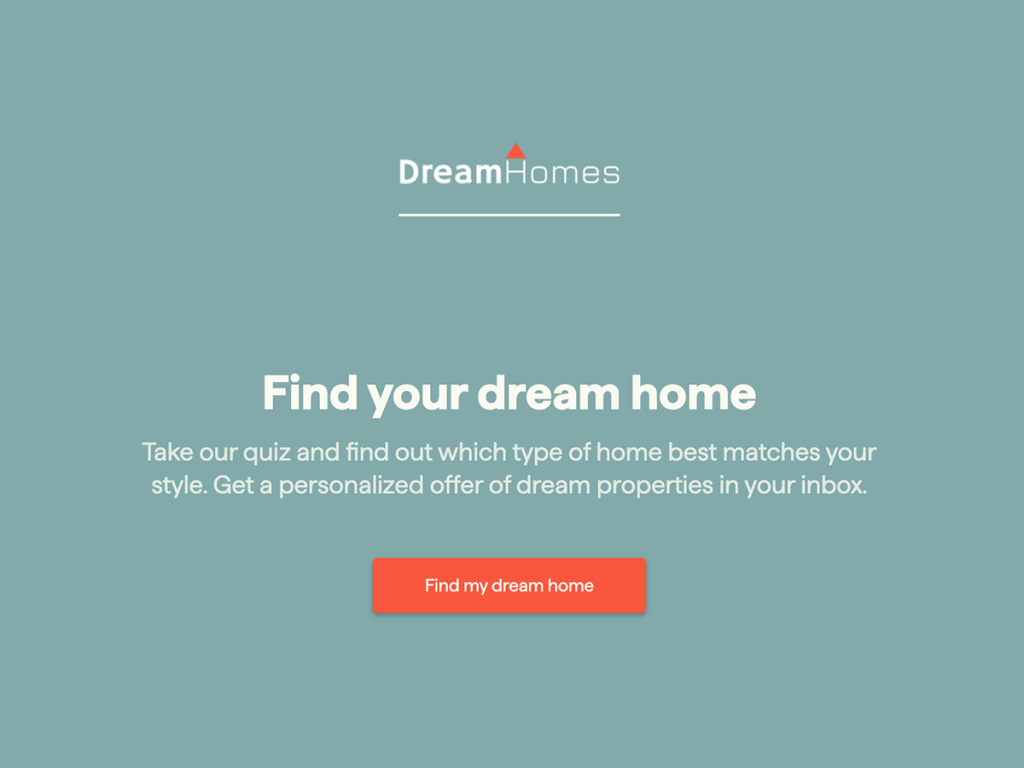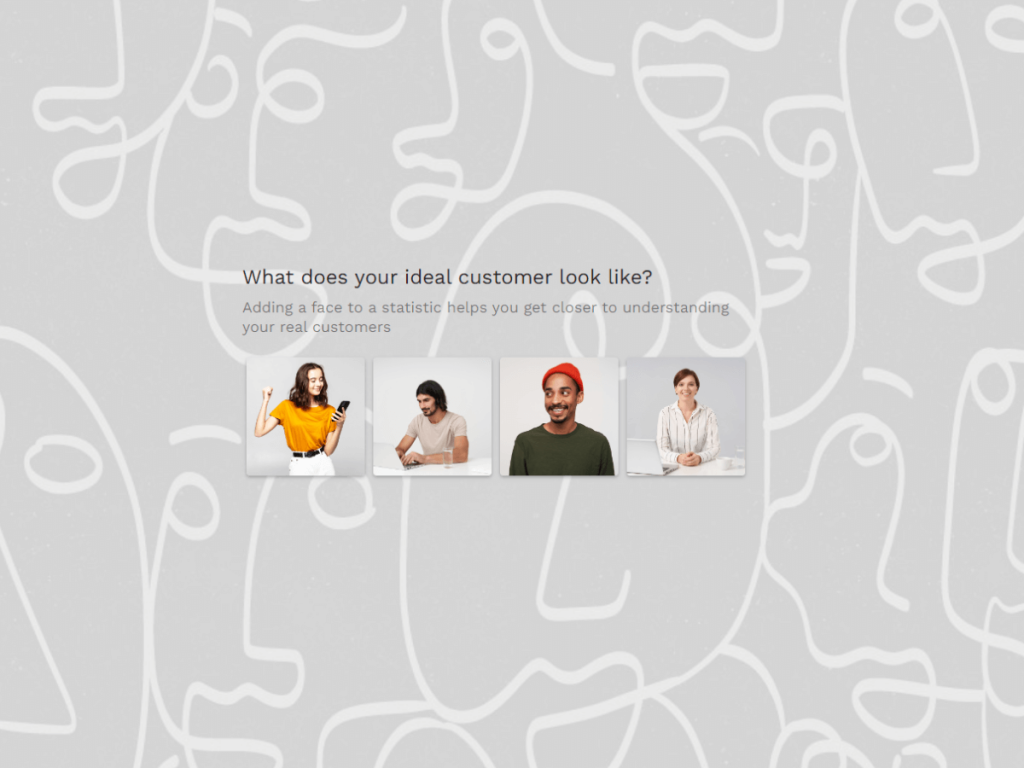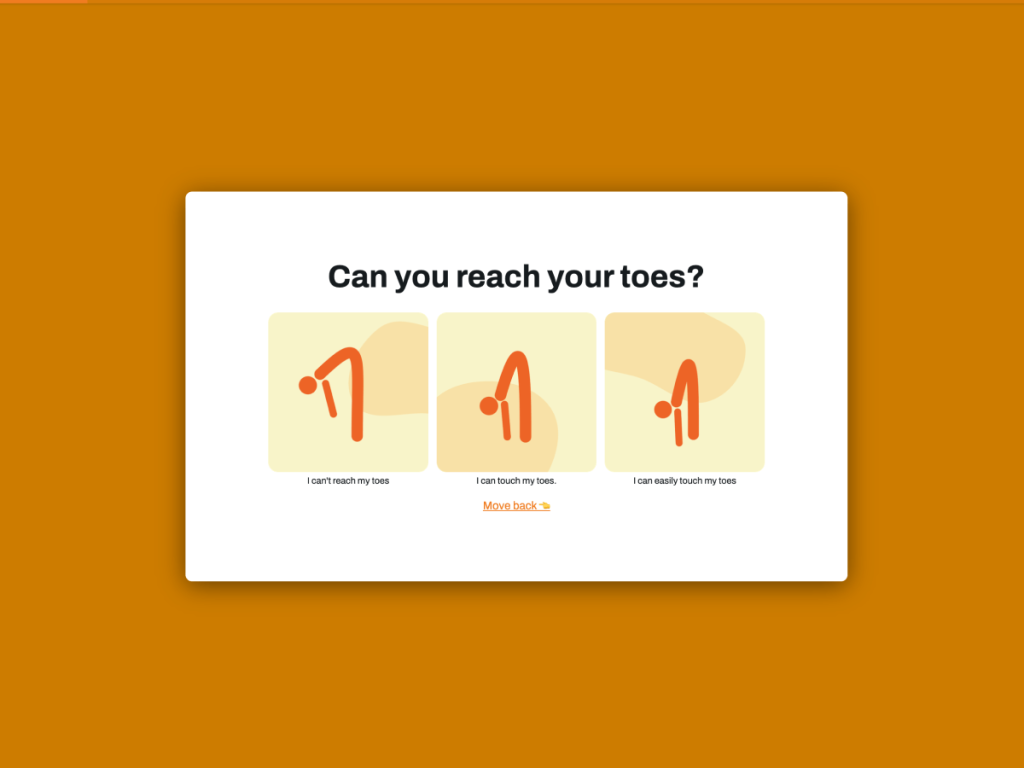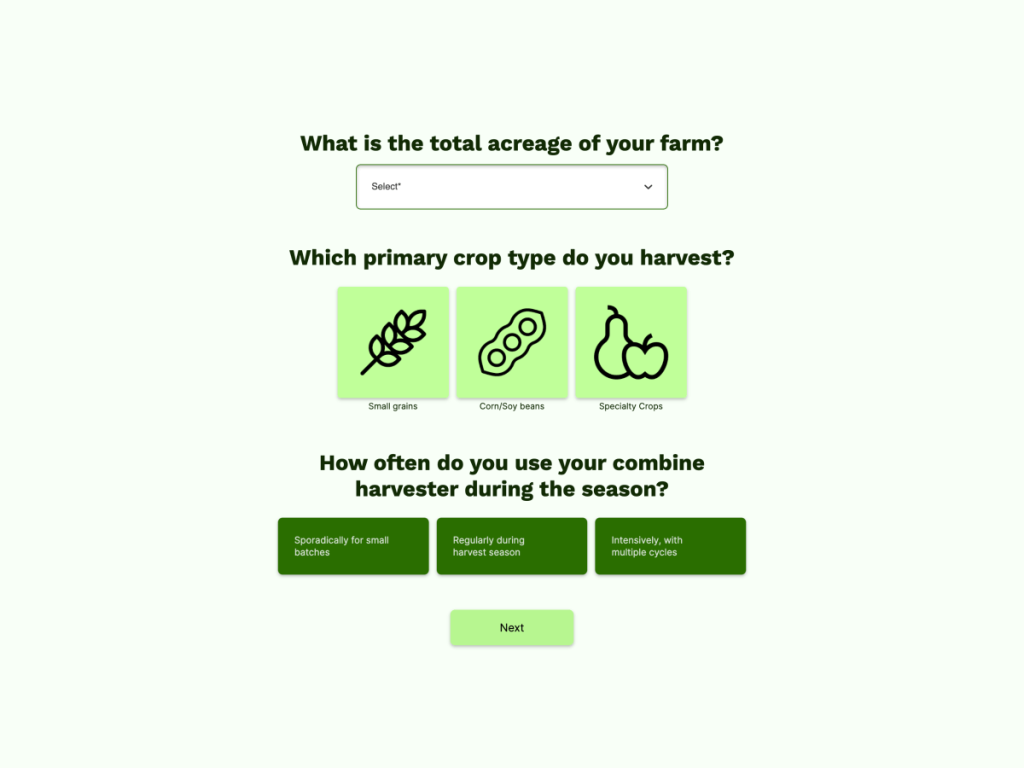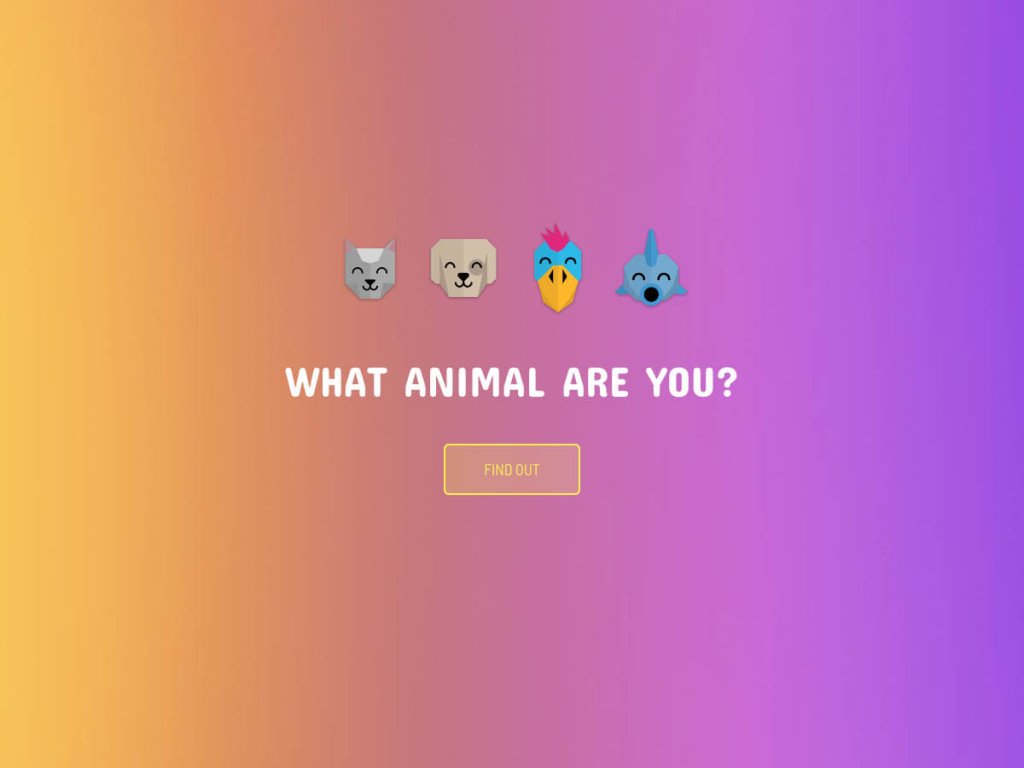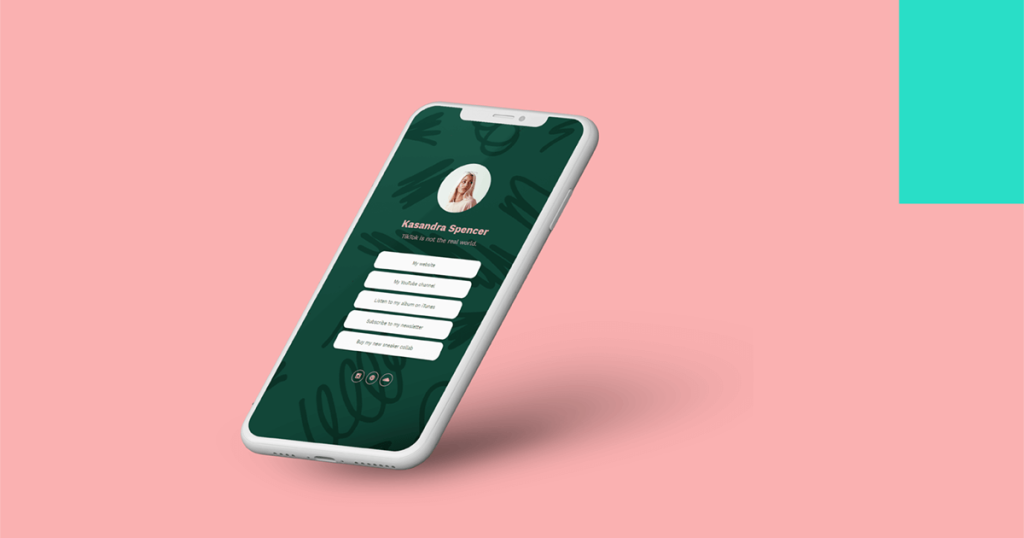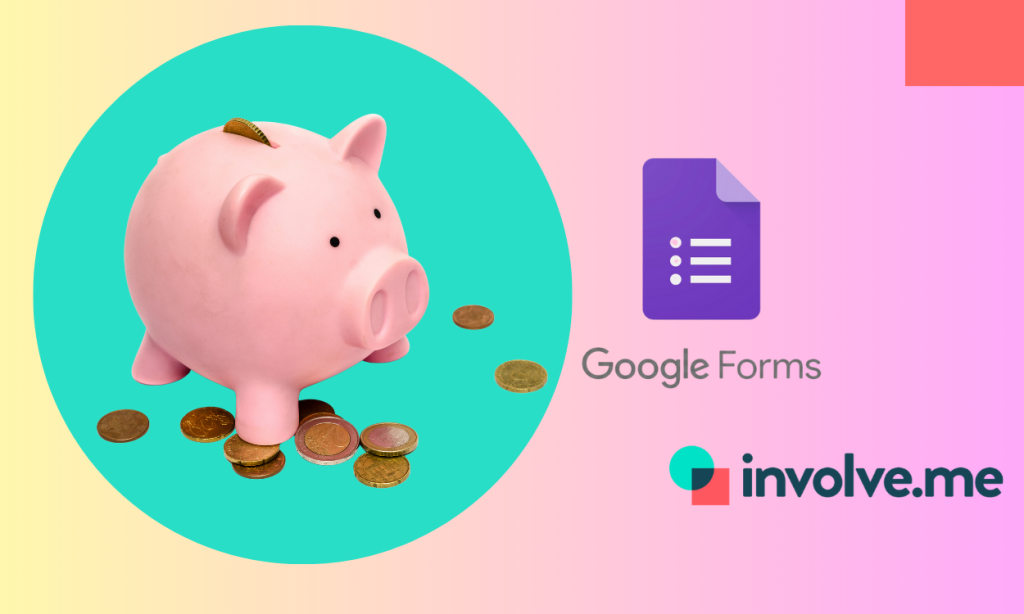We all have our pet peeves, but some annoyances are universal (like wet socks or microwave fish!).
Get Started: Make Your Online Quiz
Using One Of Our 300+ Templates
As a small business marketer, you need to learn about the "wet socks" of your customer quizzes (be it a lead generation, product recommendation, or feedback quiz) that can annoy or hinder your prospects in answering the quiz, and thus impact the data you gather from it.
Here are the top twelve things your website visitors, leads, and/or customers might dislike about your quizzes, and what you can do to fix that.
1. When You Put the Hard Questions First
Starting a workday by tackling the most challenging stuff first can be a productivity hack for some, but that does not apply to your customer quizzes.
Don’t start a quiz with hard questions. Let your respondents ease into a test by putting easy-to-answer questions first.
Keeping tricky questions or ones that require more elaborate responses toward the middle or end of the quiz can fetch you a higher completion rate as well as better quality of answers; as respondents build up momentum, feel invested in the quiz, and get into the zone of answering.
Seeing an elaborate question early on can set the perceived level of difficulty of the rest of the quiz, which can lead many respondents to quit.
2. Questions with Implicit Bias
Are you unknowingly infusing some cultural stereotypes or racial biases into your quiz questions? Even a slight unconscious bias can make it seem like your brand has a preference for (or aversion to) a certain group of people or beliefs, rather than being neutral.
For instance, you could be framing closed-ended questions in a way that supports confirmation bias: you’re looking for answers that confirm your own opinions or pre-existing ideas.
So, get all questions peer-reviewed by team members of diverse backgrounds to get feedback on the language used and eliminate any biases.
3. Too Many Trick Questions
While including some trick questions in a classroom students’ quiz or an employee assessment can help ensure they pay attention and go through the material carefully, it’s best to avoid trick questions in customer quizzes.
That’s because trick questions are more likely to confuse customers than engage them, thus reducing your quiz’s effectiveness and painting a blurred picture of what they actually know or want.
4. Strict Time Limits
Having strict time limits per question can lead people to hasten through the quiz without thoughtfully answering the questions.
Moreover, in timed quizzes, if you note that prospects tend to get the last few questions wrong or leave them blank, it’s likely that they panicked as the time limit approached — or knew the answers but simply lacked the time to respond.
So, if your quiz employs a time limit, then it’s a good idea to reconsider if setting time limits is truly necessary. And if you can’t remove the limit, consider:
✔ Using an online timer that counts up instead of down so you can time without adding pressure.
✔ Timing yourself taking the test and cutting a few questions if needed, so that people can comfortably answer the quiz within the time limit.
5. No "thank You" After
Your customers are investing time and effort in completing your quiz.
Sure, they’re getting exclusive information or deals in return, but setting up a custom "Thank You" page to convey meaningful appreciation (and kudos on the results) is a must.
Besides, with a prominent call to action, your "Thank You" page is where you can guide people to take a desirable next step (which can also be tailored based on the quiz results), such as:
✔ Sign up for your email list
✔ Check out your product catalog
✔ Book a free consultation
✔ Download a content resource
6. Confusing Wording
If respondents are baffled by a question or instruction, they won’t hesitate to bounce.
So, carefully read your questions and instructions to make sure people can clearly understand everything and there’s no unnecessary jargon.
7. Power of Personalization
People love personalization.
The modern customer doesn’t just desire an element of personalization but expects it in every branded interaction, be it on-site product recommendations, customer support, or even content.
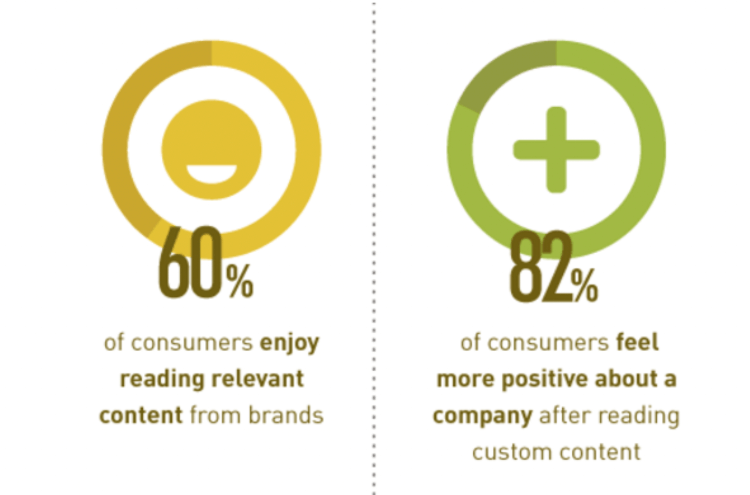
In fact, stats suggest 74% of customers feel frustrated when web content is not personalized, and a lack of content relevancy reduces response rates by up to 83% in the average digital marketing campaign.
So, be sure to personalize the content experience by incorporating answer piping (using a question’s response in a future question) and logic jumps (showing different series of questions based on the response) in your quiz.
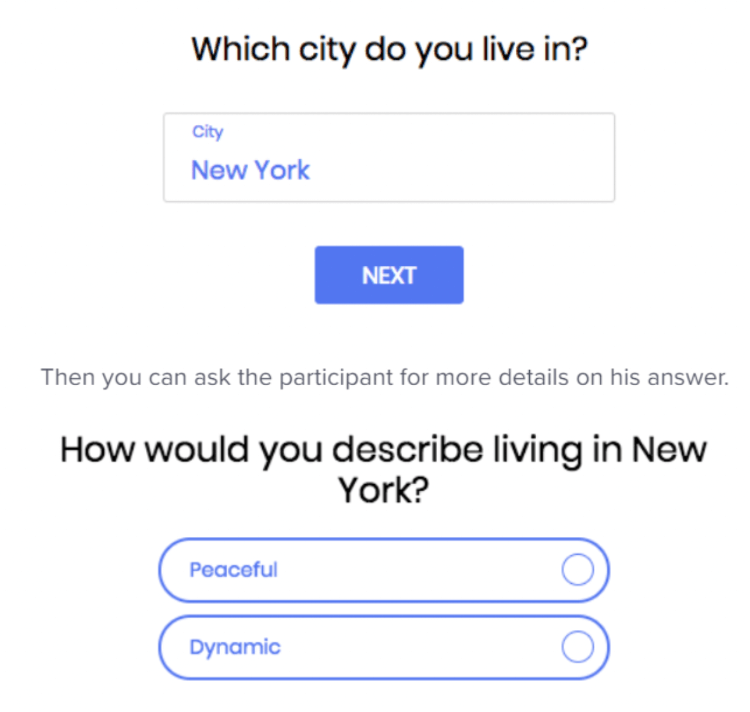
For example, using a quiz maker, you can set up a logic jump that asks “Are you a beach person or a mountain person?” and if the response is “Beach,” then jump to beach-related questions.
Or, if you’re keeping a real-time score, you can show respondents different sets of questions or statements tailored to their score.
Then, send respondents their quiz results via personalized emails for each quiz outcome, with relevant images and attachments.
Also, consider using automation with a tool like Zapier or one of its alternatives to streamline the backend work required to personalize your quiz.
8. Mandatory Email Sign-ups
Imagine a retail fashion storefront that requires potential shoppers to hand over their email addresses before they can get answers to their queries from a salesperson. Such a storefront wouldn’t stay in business very long, would it?
Likewise, forcing quiz takers to sign up for your email marketing list if they wish to see their quiz results will only lead to frustration.
So, instead, let your prospects see their results right after they complete the quiz and share any incentives (such as a coupon code) you promised without forcing them to part with their email address.
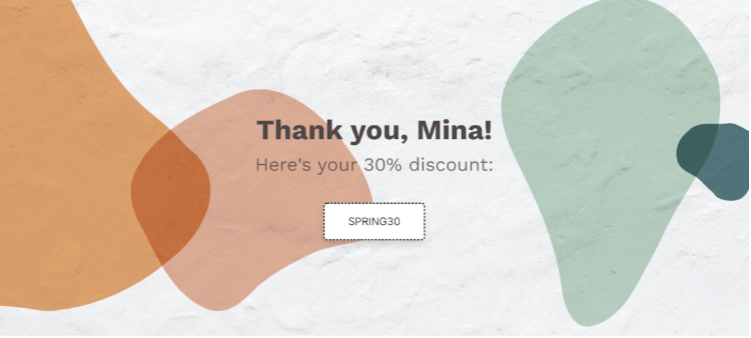
After all, your emails will eventually go to spam if people don't want them, so it’s best to keep email sign-ups optional.
9. When Your Quiz is Too "salsy"
Along similar lines as the previous mistake, remember that the goal of your quiz is primarily to boost customer engagement and foster a fun, interactive connection with your brand.
No matter the quiz type, people can see through it if your questions are too oriented around your brand or its offerings instead of the customer.
In other words, people choose to answer your quiz because they want to learn more about themselves, test their knowledge of a particular subject, and/or gain access to exclusive deals.
What they don’t want is a series of “look at our great brand” questions that don’t provide actual value — this would come across as tacky and salesy, thus having a counterproductive effect.
So, go through your quiz questions to ensure you don’t appear too salesy. If your goal is to sell, there’s a better way to approach it: check out these sales pitch examples you can copy.
10. A Lack of Polite Language
While using witty language or a hint of sarcasm can make your quiz more engaging, make sure you aren’t inadvertently offending your respondents.
Being sassy can backfire, so when in doubt, keep your language plain and straightforward. So again, get questions peer-reviewed by a team member to get feedback on the language used.
11. No Completion Bar
Imagine you’re giving detailed and thoughtful answers to some brand’s quiz but see no end in sight. You have no idea how many more questions you need to answer before you can see the results or get your reward. What will you do?
It likely won’t be long before you ditch the quiz and exit the page disappointed. Long story short, showcase a prominent progress bar that lets respondents know how many questions are pending.
12. Repetitive Questions and Answers
Last but not least, nobody likes to repeat themselves. You don’t want your respondents to go “Wait, didn’t I just answer something like this?” — it shows sloppiness on your part.
So, as obvious as this mistake may sound, review your question bank to ensure all questions are unique and have a defined purpose.
Time to Tweak Your Quizzes
If you wish to improve the experience of your customer quizzes, get more quiz completions, and gather better quality responses, it’s time to identify which of these mistakes you’re currently making and tweak your quizzes accordingly.
PS: Whether you’re building a product recommendation quiz, a personality quiz, or a leads scoring quiz, involve.me has 300+ templates for just about every customer quiz you need.
Use our drag-and-drop quiz maker to create engaging online quizzes tailored to your branding, leveraging features like answer piping, logic jumps, and multiple outcomes without writing a line of code!
